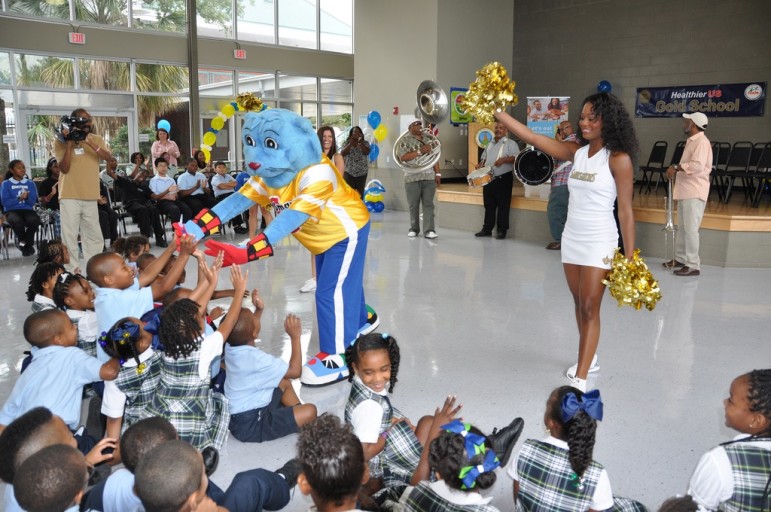
April 4, 2016; New Orleans Times-Picayune, Kansas City Star and Reno Gazette-Journal
As a nation, we annually spend more than $620 billion on our public schools, or over $11,000 per student. Under the assumption that this total amount cannot or should not grow, state and local leaders are being challenged by diverse interests to more “fairly” allocate the funds available to students, schools, and districts. And we are seeing how difficult it is to agree on what “fair” means.
In New Orleans, Orleans Parish Schools Superintendent Henderson Lewis, Jr. has proposed a new plan to divide state funds designed to shift resources toward students needing extra support. The new plan, according to a letter Lewis wrote to the Louisiana Board of Elementary and Secondary Education, “ensures that dollars follow students according to their needs in an equitable way. It lowers the amount that Orleans Parish schools get for regular and gifted students, and increases the amount for students who have disabilities, are learning English or are far behind their grade level.”
Fair? Not from the perspective of two charter schools that will receive less funding under this plan, based on the makeup of their enrollment. In a suit they filed challenging the plan, they noted they would be “forced to curtail operations and programs and to expend private funds to replace the funds lost…[causing] irreparable injury and harm.” But proponents of the plan see this plan as protecting the rights of minority and special needs children.
A similar debate is just beginning in Illinois, where a plan has been put forward to revise the state’s school funding formula to shift resources toward poorer districts, those with weak local property tax bases. Almost before the plan was presented, the arguments began. Proponents see this as a way to ensure fairness between rich and poor students. Opponents see their districts losing state funds and their students being unfairly harmed.
Sign up for our free newsletters
Subscribe to NPQ's newsletters to have our top stories delivered directly to your inbox.
By signing up, you agree to our privacy policy and terms of use, and to receive messages from NPQ and our partners.
In Kansas and Nevada, the principle of fairness is being debated over whether or not each student should be able to take “their” share of educational funding away from the public schools and spend them in private schools. Under a bill being considered by the Kansas Legislature, “parents could use 70 percent of the per-pupil state aid that would have gone to their local school district to instead pay for private schools, including religious schools or home schools.” And in Nevada, a recently enacted law “says students can leave public school after at least 100 days enrollment and receive $5,100 every year for private or home school, and related expenses, until they finish high school.”
Fair? Not from the perspective of the public school districts that will see their funding decreased as the children and funds move to private schools. Mark Tallman of the Kansas Association of School Boards said that besides spending state tax money on private education, which the group opposes, the concept “lacks accountability.”
This is a plan that would basically transfer public funding with no academic accountability or financial accountability whatsoever. There are deep concerns that the new proposal would cut support for students who are in poverty and who are English-language learners.
With funding levels fixed, we can be sure the battles over how to allocate school funds will continue. Illinois Governor Bruce Rauner put his finger on the real answer to the fairness puzzle, as he responded to the Illinois debate: “What we can’t have is a system where we pit school districts against each other. We have got to come up with a way to significantly increase funding and focus it on the lower-income districts and rural districts that don’t have the resources.”
Will others begin to see that the answer to what is fair is “more”? And will they have the will to act?—Martin Levine













